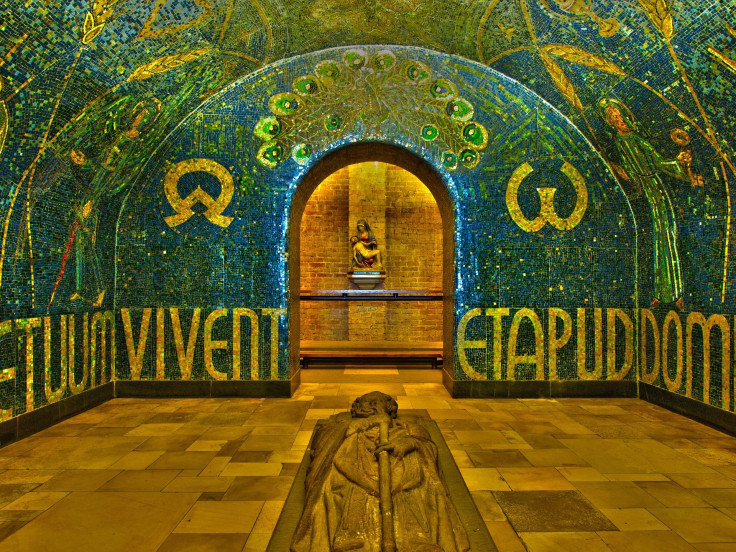Human Burial Practices Take Up A Lot Of Room

Even people with none of the same interests or who lived in vastly different time periods have at least one thing in common: dying. It is a tradition all living things have adhered to since the dawn of time.
There are more than 7.3 billion people living on this planet as we speak, but billions more have already come and gone; some of their bodies are still decomposing beneath our feet. How long will it be until usable soil is completely filled with the dead? A new TED-Ed lesson explains what has happened to those bodies and the future of burying the burgeoning numbers of the dead.
In the beautifully animated lesson by Farnaz Khatibi Jafari, a narrator estimates that 100.8 billion people have lived and died. When they first went, their blood settled, their skin became discolored, their body temperatures dropped and their relaxed muscles stiffened. Over time they decomposed, with bacteria and insects breaking them down. These are all shared elements of the human condition. The one thing that separates people in death is their funeral and burial rituals — how their survivors position, decorate and wrap their bodies.
Although cremation is popular, the dead are piling up. The narrator explains that in places with higher population densities, the living could run out of places to bury the dead within a century. And London is in the direst state, possibly running out of room by 2035.
View the lesson to learn about possible space-saving ideas.



























